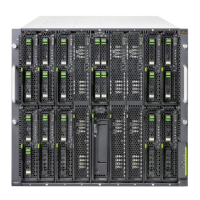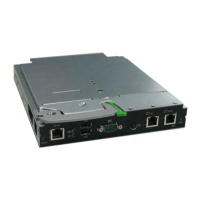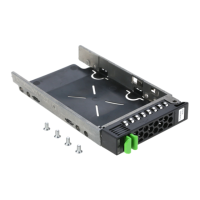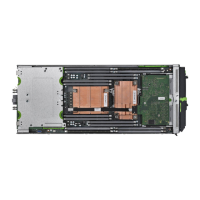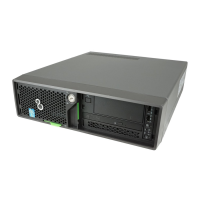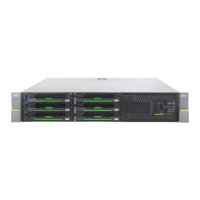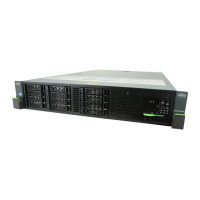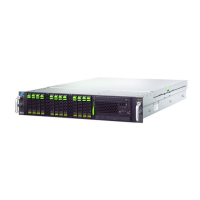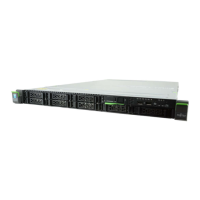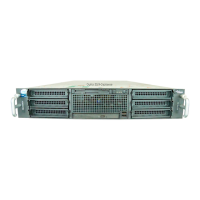© 2011 Fujitsu Technology Solutions
31
2.1.6 Quality of Service Features
The PRIMERGY BX400/BX900 support the mapping of DSCP (Differentiated Service Code Point) to
CoS queues. Therefore, packet with different DSCP value can be scheduled to separated CoS queues
for different services. DSCP definition is backward compatible with TOS definition. Hence PRIMERGY
BX400/BX900 also support the mapping of TOS to CoS queues. And packet with difference precedence
can be scheduled to different prioritized CoS queues.
802.1p based CoS
On receipt of a frame, Ethernet Connection Blade determines the priority of that frame by examining the
3 priority bits in its VLAN ID defined in 802.1Q. Knowing the priority of the frame, it maps that priority to
one of the four output queues available at each output port on which the frame is to be forwarded. Note
that users could change the mapping of priorities and output queues via WEB, CLI, or SNMP interfaces.
The frames in each output queue will then be forwarded according to a scheduling algorithm.
IP TOS/Precedence/DSCP based CoS
On receipt of a frame, Ethernet Connection Blade determines if the IP TOS, or IP Precedence, or DSCP
of the packet matches a predefined value. If it is true, it then examines the policy associated with this
class of frames. Users could configure the policy to: send, drop, mark the DSCP field, mark the
Precedence field, or commit a specific bandwidth to this class of frames.
Access Control List (ACLs)
Packet filtering can help limit network traffic and restrict network use by certain users or devices. ACLs
filter traffic as it passes through a switch and permit or deny packets crossing specified interfaces or
VLANs. An ACL is a sequential collection of permit and deny conditions that apply to packets. When a
packet is received on an interface, the switch compares the fields in the packet against any applied
ACLs to verify that the packet has the required permissions to be forwarded, based on the criteria
specified in the access lists. The first match decides whether the switch accepts or rejects the packets.
Because the switch stops testing after the first match, the order of conditions in the list is critical. If no
conditions match, the switch rejects the packet. If there are no restrictions, the switch forwards the
packet; otherwise, the switch drops the packet. The switch can use ACLs on all packets it forwards,
including packets bridged within a VLAN.
These access lists are supported on Layer 2 interfaces: Standard IP access lists using source addresses
and Extended IP access lists using source and destination addresses and optional protocol type
Information. The switch examines ACLs associated with all inbound features configured on a given
interface and permits or denies packet forwarding based on how the packet matches the entries in the
ACL. In this way, ACLs are used to control access to a network or to part of a network.
An ACL is a sequential collection of permit and deny conditions. The switch tests packets against the
conditions in an access list . The first match determines whether the switch accepts or rejects the packet.
Because the switch stops testing after the first match, the order of the conditions is critical. If no
conditions match, the switch denies the packet.
The PRIMERGY BX400/BX900 supports these types of ACLs or access lists for IP:
• Standard IP access lists use source addresses for matching operations.
• Extended IP access lists use source and destination addresses for matching operations and optional
protocol-type information for finer granularity of control.

